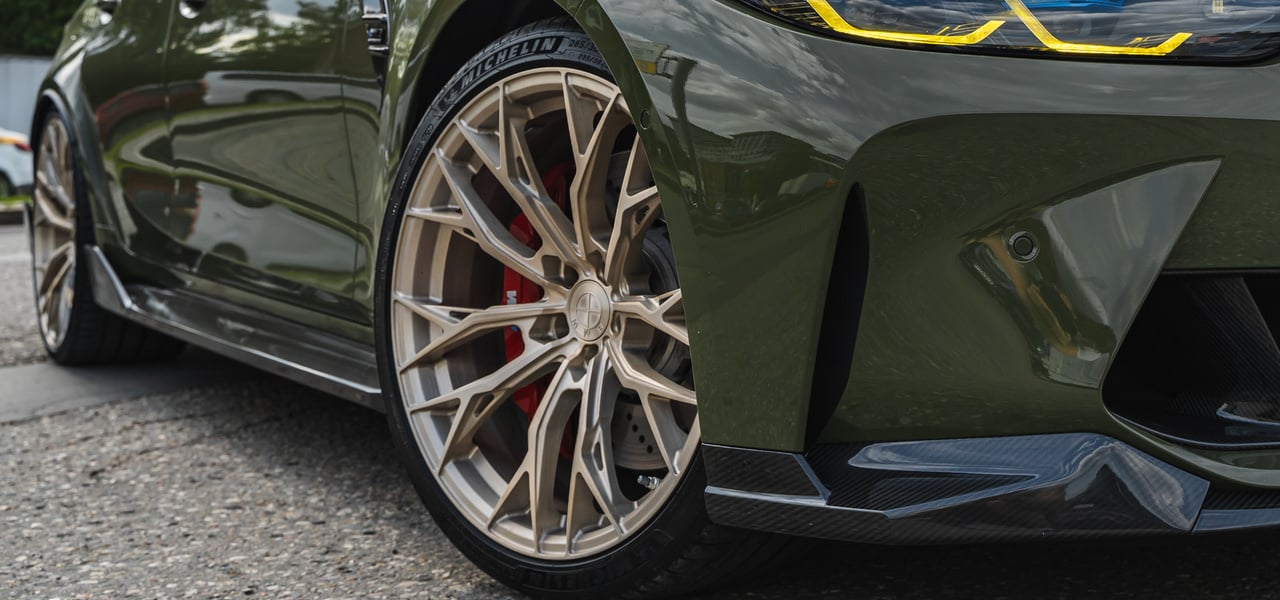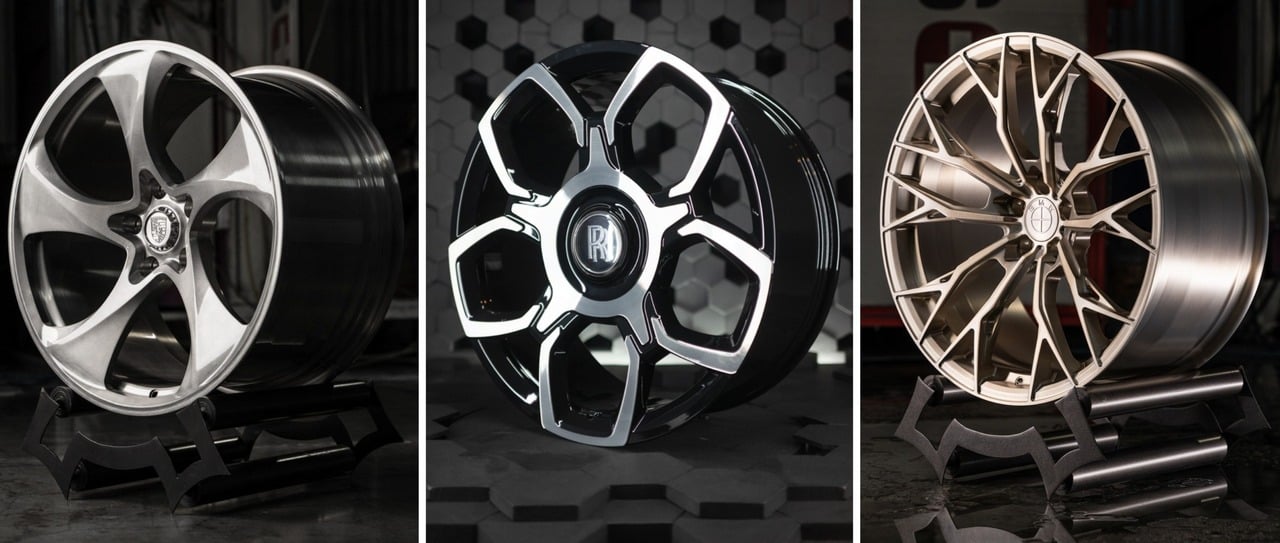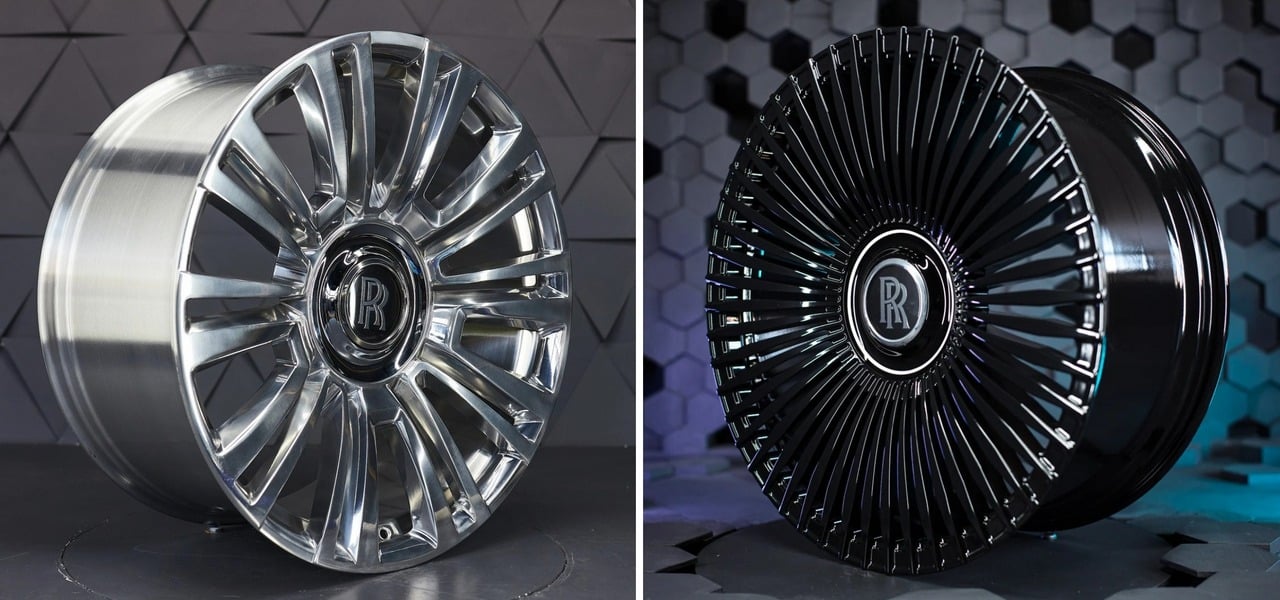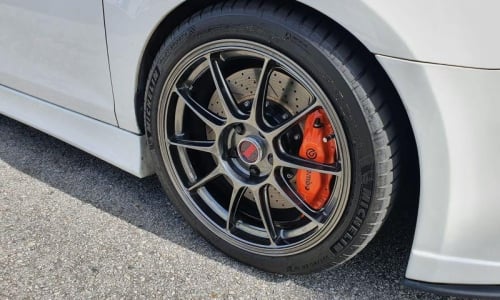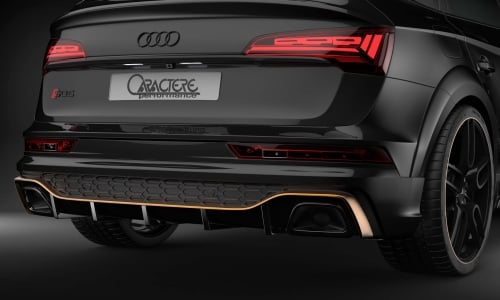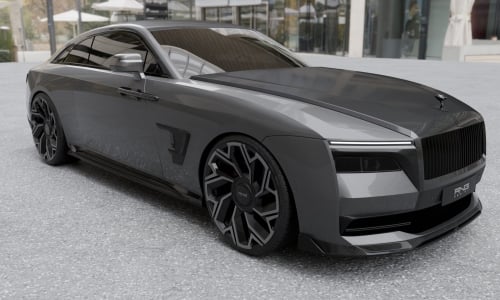Monoblock, two-piece and three-piece forged wheels: what's the difference?
Compound forged wheels are a unique type of wheels in terms of their design features. About what rims are better, monoblock or composite, you can argue endlessly, but the truth, as always lies somewhere in the middle. In other words, to understand what exactly is the difference, you need to know about the peculiarities of the production of both. Experts of Renegade Design, a recognized leader in the field of automotive tuning, will help to understand this issue.
Types of forged wheels by design
The technology of production of forged wheels allows you to make a variety in the very design of products. In fact, the wheel can be solid or composite, and the number of parts can reach 7-8 units. But in mass production, the following rims have become the most widespread:
- Monoblocks (one-piece). The center part and the rim are one piece and are made from a single billet.
- Two-piece. The hub and rim are separate parts that are connected by open or hidden bolts.
- Three-piece. The rim of such rims also consists of two parts, the place of connection of which is sealed with a special sealant. The central part is one, the connection to the rim — with the help of bolts.
Forged wheels can have a different appearance, but the expansion of the design of the disk, significantly increases the design possibilities. Composite rims allow you to create unique combinations with original artistic solutions, turning the wheel into a real work of art. And if we remember that the task of any tuning is individualization of the car and highlighting it from the general flow of cars, then the use of unusual rims is the first step to attracting additional attention.
Material for the production of composite rims
As a material for composite rims, various light alloys are used. This is explained by both the peculiarities of production and increased requirements for the performance characteristics of wheels. Depending on the basic and additional components, rims acquire additional protection against corrosion, temperature changes, mechanical and chemical influences, etc. Most often the following alloys are used for the manufacture of composite forged wheels:
- aluminum
- magnesium
- titanium
It should be noted that the latter two are superior to aluminum in a number of indicators, for example, magnesium and titanium rims are lighter and stronger, but they have their own disadvantages. Magnesium alloys are less resistant to oxidation, so their surface has to be covered with multilayer anti-corrosion protection, and titanium-based alloys have a high cost, so titanium rims are an order of magnitude more expensive than aluminum and are installed on cars of premium class. Thus, aluminum alloys are the most popular due to their versatility. They are quite light, durable, aesthetically pleasing and affordable.
Differences in manufacturing between monoblock, two-piece and three-piece rims
While there are differences in the production of monoblock and composite forged wheels, they do have some things in common. Any production is preceded by a data collection and 3D design phase. At Renegade Design, when creating a layout, all technical information is entered into a caliper modeling program to create a 100% compatible finished product. If necessary, measurements of the brake system can be taken. Before manufacturing the rim in a special program and check the physical and chemical properties of the selected alloy to find out the presence of weaknesses in the created model.
It was mentioned above that usually aluminum alloys are used for monoblock forged wheels, such as aerospace alloy 6061-T6, based on aluminum with magnesium and silicon ligature. The raw materials are cast into long cylinders, which are then cut into short billets. These, in turn, are sent under a press to produce flat «pancakes». To make monoblock rims, these pancakes are sent for hot stamping in closed molds. The blanks are heated to temperatures above 400°C, and the sector die itself is heated to 350°C. It presses the pancakes into the mold, giving them a «pan» appearance. These blanks are then heat-treated and artificially aged before they can be sent for milling.
A control program is created for the CNC milling machine. Thousands of coordinates are entered into it for the most precise cutter stroke during the sawing of a rim with a given design from a stamped blank. During milling, the cutter removes metal one millimeter at a time in the desired sequence. The process is quite long and the machine can run for a whole day. Then the resulting rim is sent for finishing. It is ground, edges are cleaned and prepared for painting or anodizing. To do this, the part is passed through a system of tanks with different chemical solutions, degreasing and achieving a perfectly clean surface.
Unlike monoblocks, two- and three-piece rims have the center part milled separately on a machine, but the rim is stamped and then turned. For three-piece rims, the rim is divided into two parts — the outer part (barrel) and the inner part (shelf). After that, all parts are connected with fasteners (usually made of titanium alloys, as they are more resistant to corrosion) and the wheel is sent for finishing.
Pros and cons of composite rims
Compound forged wheels have both advantages and disadvantages. Both are due to the peculiarities of production, and this factor should be taken into account when choosing this type of wheels. The following points can be attributed to the pluses of composite rims:
- Original, invariably eye-catching design.
- Due to the bolt connections, such rims look more brutal and even somewhat aggressive, which is especially relevant for models with increased dimensions and sports cars. Bolts can be made with heads of different shapes: hemispherical, cylindrical, faceted, conical, in the form of pyramids, spikes, stars, etc.
- Reduced weight. Forged wheels themselves are much lighter than conventional stamped or cast wheels, and composite, as a rule, have a more openwork design, which allows to reduce the total weight even a little.
- The ability to replace individual parts to repair or redesign a wheel.
- The strength of the connection of the wheel components. Bolt fasteners are reinforced with an additional compound (sealant) to more securely hold the parts together.
A famous quote says that our shortcomings are an extension of our strengths. This statement also applies to composite rims. Specialists and car owners note two serious disadvantages of such wheels:
- High cost. Complex production and expensive materials play a decisive role. The price for a set of composite rims can be ten times higher than for monoblocks.
- The risk of depermitization at the joints of parts or loosening of bolt fasteners during operation. A lot of falsified or defective products get on the market, so when choosing it is worth paying attention to the manufacturer. Well-known brands, as a rule, are very dear to their reputation and are characterized by high quality control.
Still, it should be recognized that the pluses of composite rims outweigh the minuses. And if you choose the right wheels, it will improve not only the appearance of the car, but also its aerodynamic characteristics. Less load on the chassis makes it easier to control the car, makes the movement smoother and spares the braking system.
Advantages of Renegade Design rims
Renegade Design offers forged wheels for various car models of such brands as Mercedes Benz, Toyota, Audi, Porsche, Maserati Levante, Lamborghini, Land Rover, Rolls-Royce, BMW, Infiniti, Jeep and others. We work only with high quality raw materials and materials of proven brands. Our own production and design studio allow us to create rims that perfectly fit your car. Advantages of Renegade Design rims:
- exclusive design according to individual projects
- lifetime guarantee of quality of finished products
- excellent performance characteristics that ensure a long service life of composite rims
- long-lasting preservation of the presentable appearance of the wheels
In addition to forged wheels and monoblock rims, Renegade Design offers a full range of services for the manufacture and installation of dodger elements. On the site there are many positions for executive class cars, but there is always an opportunity to order parts for individual projects. We guarantee a special approach to each client and a flexible system of discounts.
